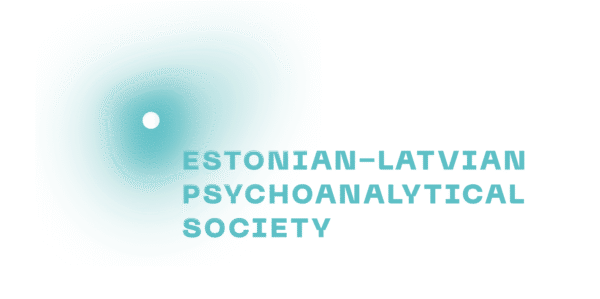What is psychoanalysis?

In the picture: Sigmund Freud’s Famous Psychoanalytic Couch – Freud Museum London
Dace Cerava, MD, Psychoanalyst
Psychoanalysis is the deepest and most intensive method of psychotherapy. It is appropriate for people who have a real interest in their inner world and its conflicts, people who suffer from neurotic symptoms or character disorders, people who are willing to understand themselves and, possibly, to change themselves. The founder of psychoanalysis is Sigmund Freud, but since times of Freud (within about 100 years) psychoanalytical theories have been supplemented, revised and developed in different directions.
All in all every psychoanalyst choses the theories, which best suit his personality and which therefore will help him most in his work with patients. Psychoanalysis studies the unconscious, the conscious mind, drives, conflicts, feelings, mechanisms of psychic defense, dreams, and one’s relations to others and to himself.
In psychoanalysis, the patient conveys into present his feelings, thoughts and hopes that in reality belong to his relationships in past (relationships with mother, father and other important people), but the patient consciously assumes that these have spontaneously appeared in the relationship with the analyst. This process is called transference neurosis. The transference is analysed and its interpretation is an important part of the treatment. Psychoanalysis is a challenging process for both the patient and the therapist. The patient has to be ready to endure possible disappointment (frustration) when realising that the result, the satisfaction is not easy to reach.
A significant working tool of a qualified psychoanalyst is his own feelings for the patient, called countertransference. The use of transference neurosis and countertransference enables to recreate in therapy relations of a kind that the patient has usually had in real life, and symbolically live through, or re-experience, them.
Classical psychoanalysis in practice lasts for several years, it usually concists of 45 minutes long sessions, four times a week. The patient lies on a couch, and the psychoanalyst sits in a chair behind the patient’s head, outside his sight. Physical contact is unacceptable.
The patient associates freely (lets the mind slide from one thought to another) about life events and relationships. The patient shares his memories, emotional experiences and fantasies with his analyst, to include sometimes telling dreams or expressing feelings in relationship with the psychoanalyst. The therapist listens, asks questions, gathers information, observes his own feelings, thinks, and, if the right time has come, he interprets.
The patient and the therapist are both explorers. As a result, the patient gradually gets a better self-understanding and a better understanding of his relationships. He can live a full, healthy and more creative live, and finally he will not need the psychoanalyst anymore.
Psychotherapy and psychoanalysis in Latvia is a paid service. If someone desires to undertake this type of therapy and seize this opportunity for self-development, he has to be very motivated and able to pay.
Scientific research clearly shows that psychotherapy is financially profitable, because after a long-term therapy people fall ill less frequently, and less often have to see other doctors. Usually patients develop also professionally, make a better living, and build stable relationships, what is economically profitable, as well.
The International Psychoanalytical Association (IPA) has set a high training standards for psychoanalysis in every country in the world, and it closely follows the training programme and results of the institutes approved by the IPA. In order to become a psychoanalyst, a doctor (usually a psychiatrist, or psychotherapist) or psychologist (usually clinical psychologist, MA) is required to qualify for a minimum of four years of training at an IPA recognised institute. This qualification is to include: a) one’s own personal training psychoanalysis, b) participation in theoretical and technical seminars, and c) working psychoanalytically with patients, for several years with every patient, under supervision by training analysts.
